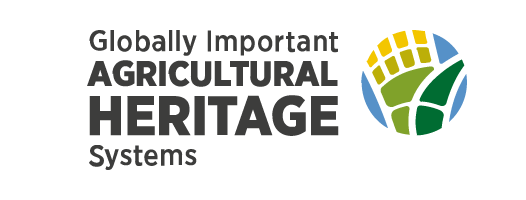Grape Production System in Jowzan Valley, Iran
GIAHS since 2018
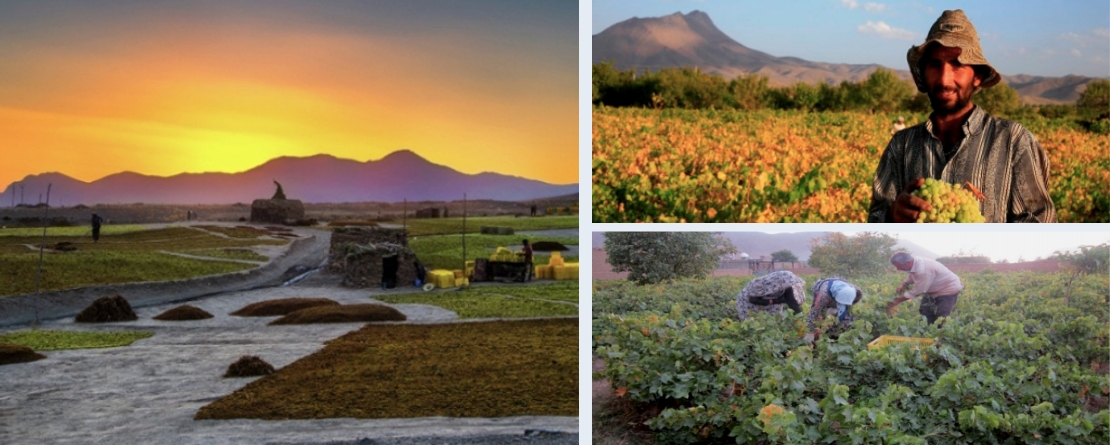
Photos courtesy of Grape Production System in Jowzan Valley, Iran
The grape production system in Jowzan has long history of at least 800 years. The area has favorable soil, water and climate, and high levels of skill and experience in grape production. These factors also enable high yields, and higher sugar content in grapes and raisins.
Global importance
The grape production system has long history, at least 800 years, and has achieved higher yields compared with other grape production areas in the country thanks to not only favorable soil, water and climate, but also high levels of skill and experience in grape production. The yield is twice as high as other parts of the country. The same factors also enable grapes to have higher sugar content. Another unique feature of the system is uniform structure of vineyards that reduce production costs and facilitate management of vineyards.
Food and livelihood security
Agriculture is the main source of livelihood for most people in the area and grape is the most important product. Almost all the households in the area have vineyard and more than 90% of villagers’ income in Jowzan Valley depends directly or indirectly on grape and raisin production. Especially since raisin has longer value chain than grape, its importance is higher than grape in terms of job creation. Processed products of grape can be consumed in all seasons, and include various types of minerals, sugars, acids and vitamins. Local people produce many kinds of products, such as raisin, grape syrup, jam. In addition, the area has higher grape yield compared with other parts of the country.
Agrobiodiversity
With long history of vine cultivation, the area is rich in genetic resources. A research center in the area has approximately 130 varieties of vine under cultivation.
Local and traditional knowledge systems
Most farmers use a traditional method for growing grapes, which is crawl method. For water management, farmers irrigate grapes five times during growing season every 12 to 15 days until August 11th to help grapes ripe. They adjust dates of irrigation depending on how grape leaves look and determine if vineyards need water or not. Local people also keep livestock as their secondary job and supply dairy and meat products. There is mutually beneficial relationship between husbandry and grape production; on the one hand, weeds and pruned leaves from vineyards are consumed by livestock, on the other hand, livestock provides manure, which increases organic matter content of soil, fostering growth of grapes.
Cultures, value systems and social organisations
Because of diverse agricultural activities, farmers have created various economic organizations in which farmers have cooperated in managing water, dragging rivers, maintaining qanat and springs, preparing lands for drying grapes. The area is famous for its carpet, and the pattern and the design of the carpet are inspired by natural beauty and vineyards. Local people produce materials, such as leaves of grape trees and walnut shell, which are used as dye for carpets.
Landscapes and seascapes features
Since almost all families living in the area own vineyards and all villages are located close to each other, color of the region changes through the seasons from green to yellow, light brown and white. The color changes of landscape is a result of production stages of grapes in vineyards. It changes its color from green, yellow, and brown after harvest and during raisin processing.
Proposal
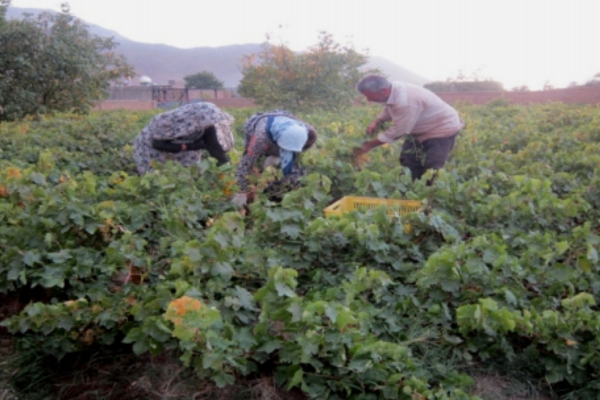
Proposal: Grape Production System in Jowzan Valley
02/12/2018
Iran is one of the most appropriate countries for producing grapes and raisins due to its climate and weather conditions
Highlights
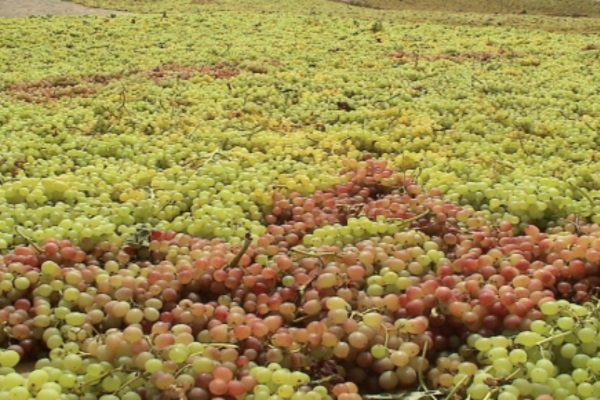
Sites in Iran and Italy designated FAO globally important agricultural heritage sites
30/11/2018
Multimedia
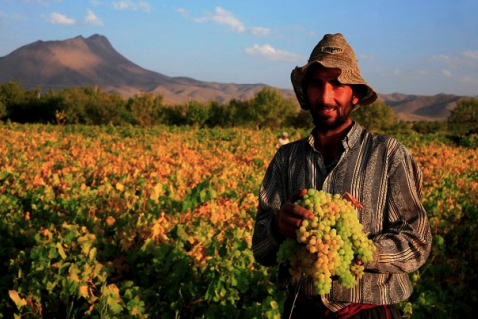
Photos
Flickr Album: Grape Production System in Jowzan Valley, Iran
18/08/2020
Grape and grape-based Production System in Jowzan has a long history. This system has provided a better life situation for local people, a distinct...

